Location: Fansipan Mountain is located 9km south-west of Sa Pa Townlet in the Hoang Lien Mountain Range.
Characteristics: With the altitude of 3,143m, Fansipan Mount is the highest mount in Indochina and known as the “Roof of Indochina”. Conquering Fansipan Peak is always a longing for those who love nature and exploring new things.
◊ Topography
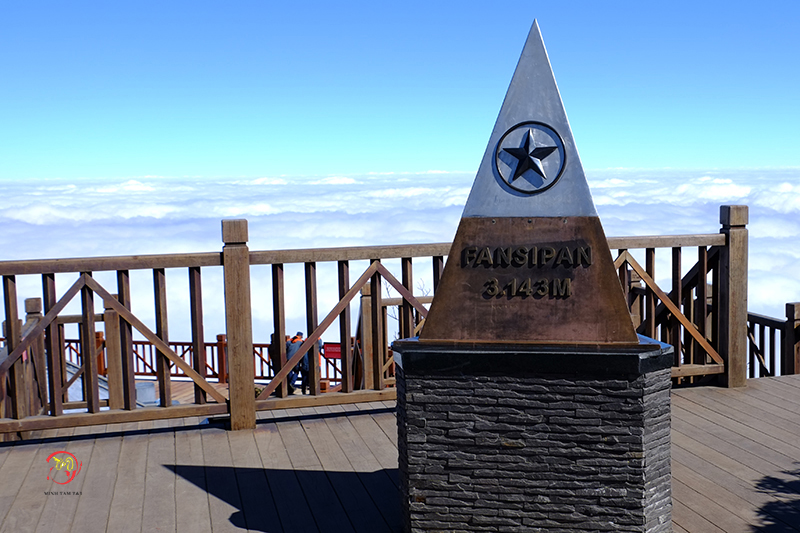
The topography of Fansipan is varied. Muong Hoa Valley, at the lowest altitude (950-1,000m), is created by a narrow strip of land at the base on the east side of the mountain.
Geologists say the Hoang Lien Mountain Range, with Fansipan as its highest peak, did not emerge in the mountainous North West of Viet Nam until the neozoic period (circ. 100 million years ago). Fansipan, a rough pronunciation of the local name “Hua Xi Pan” means “the tottery giant rock”. The French came to Viet Nam and in 1905 planted a landmark telling Fansipan’s height of 3,143m and branded it “the Roof of Indochina”. Very few people climbed to the top of Fansipan at the time. Then came the long years of war and Fansipan was left deserted for hunting and savaging. The trail blazed by the French was quickly overgrown by the underbrush.
◊ Trekking to Fansipan Mount
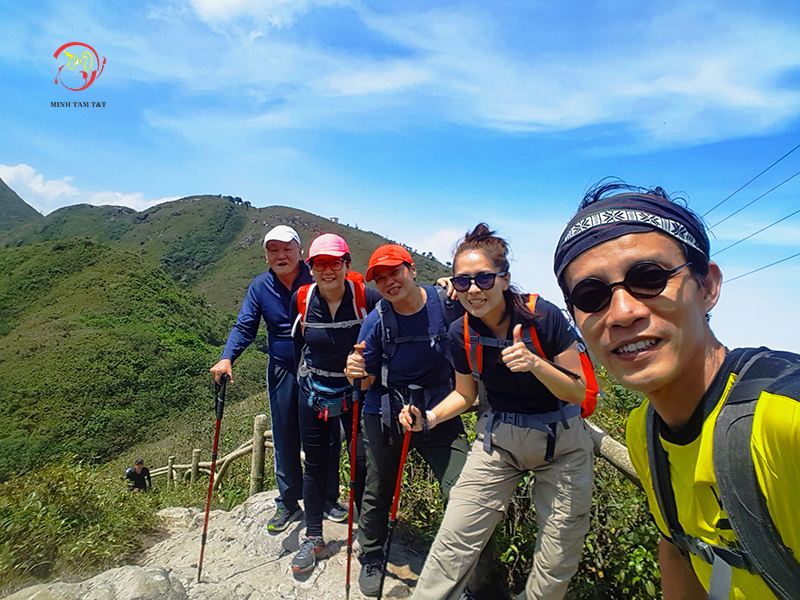
In 1991, Nguyen Thien Hung, an army man returned to the district town and decided to conquer Fansipan. Only on the 13th attempt did Hung, with a H’Mong boy as his guide, conquer the high peak by following the footsteps of the mountain goats.
After that travel agencies in Sa Pa started a new package tour there. However, it seemed the Fansipan Tour was meant only for those who wished to test their muscular power. Most will recommend taking the two or three-day options and few guides will take them on the round trip.
◊ Conquering Fansipan Mount by Cable Car
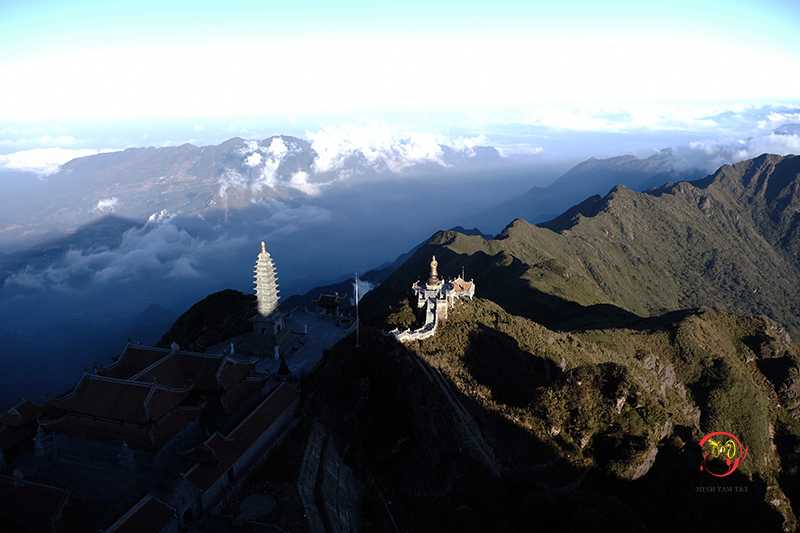
Since 2 February 2016 with the appearance of Fansipan cable car, visitors only take 30 minutes to reach the “Roof of Indochina”, instead of 2-3 days as before. It also makes the dream of conquering the “Roof of Indochina” of numerous visiors come true.
Being the three-rope cable car with the length of 6,292.5m, the Fansipan cable car system consists of 33 cabins with a capacity of 2,000 people per hour. Each cabin can carry from 30 to 35 people. This cable car system is able to withstand the strong winds and severe weather conditions to ensure obsolutely safety for visitors.
The auxiliary works such as departure station, terminal station, restaurant, souvenir shop, etc are elaborately designed with architectural features and decorative details inspired from brocade patterns of Northwest ethnic people. All create the architectural complex in harmony combination with nature.
From Sa Pa Town, according to National Road 4D about 2.5km, visitors arrive in Sa Pa Cable Car Station.
Experience of cable car brings visitors unforgotten feelings. From cabin, visitors can see the poetic town of Sa Pa with Western style houses hidden under clouds.
◊ The Best Time to Conquer Fansipan Mount
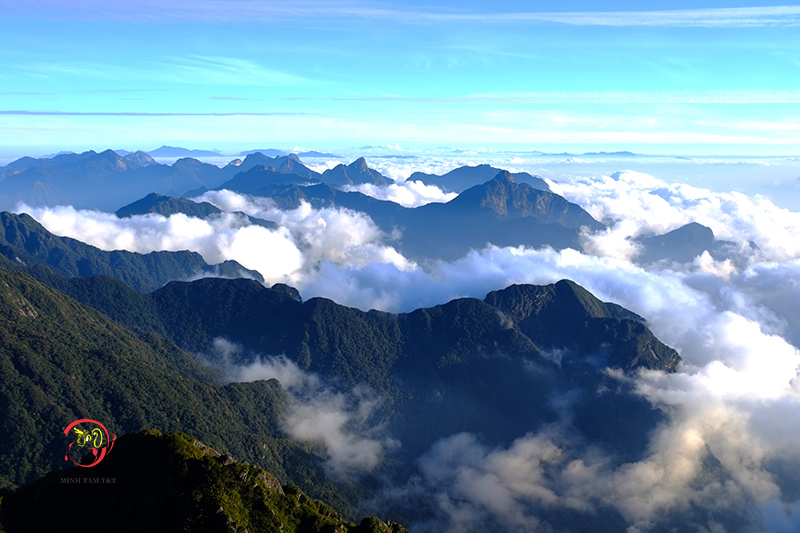
The summit of Fansipan is accessible all year round, but the best time to make the ascent is from mid-October to mid-November, and again in March.
Foreigners like best to book Fansipan tours between October and December, as this period is more often than not free from the heavy rains that obstruct the jaunt. But the Vietnamese prefer their tours to the peak of the mountain from February to April, as it is not so cold then.
However, the best time for conquering the mountain is from the end of February to the start of March, when the flowers all flourish and the climbers may behold the carpets of brilliant blossoms, violets and orchids, rhododendrons and aglaias.
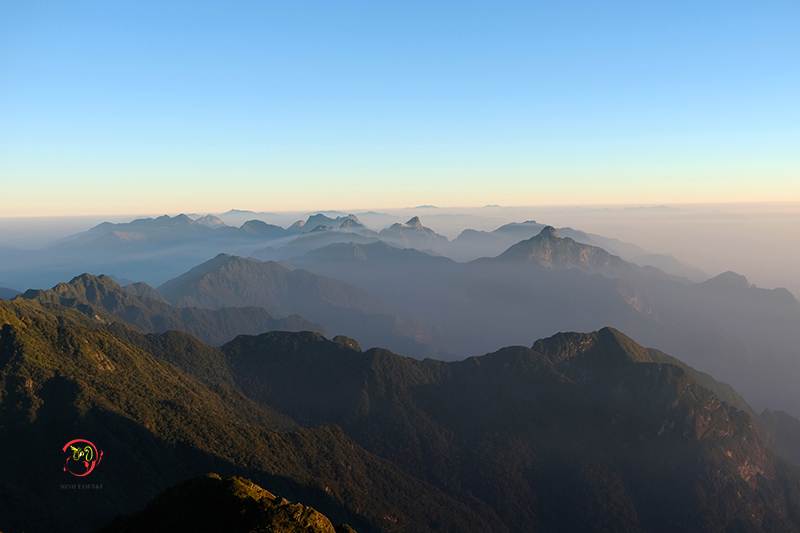
Source: Vietnamtourism.vn


